Black And White Photography Suggestions
Black and white photography has a unique and timeless quality that can evoke a wide range of emotions. While many people associate black and white photography with old-fashioned or historical images, it remains a popular and versatile medium today.
History of Black and White Photography
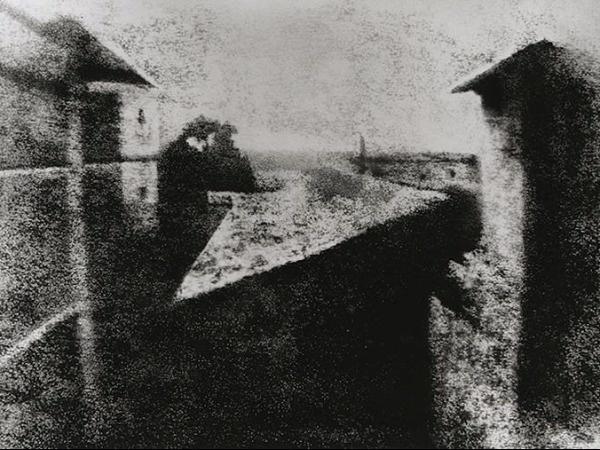
Black and white photography has been around since the earliest days of photography, in the mid-19th century. It was the dominant form of photography until the 1930s when color photography became more widely available.
Advantages
Black and white photography can be used to create dramatic and emotional images that are less distracting than color photos. It can also emphasize the contrast, shape, and texture of a subject in a way that color photography cannot. Black and white images can be powerful tools for expressing mood, tone, and feeling.
Techniques
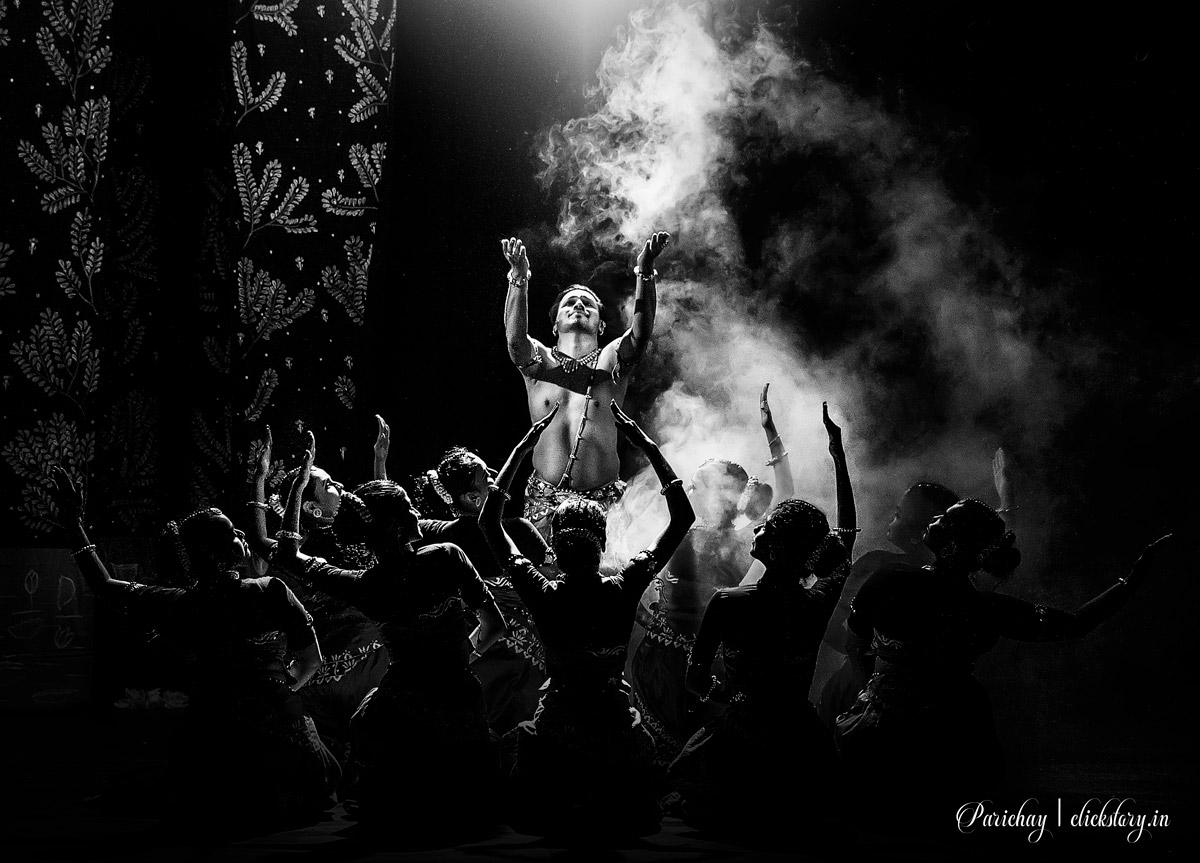
In addition to the tips mentioned earlier, there are several techniques that can help you create stunning black and white photos. One of them is using filters to control the way colors translate into shades of grey. Another technique is to use color channels in post-processing software to adjust the tone and contrast of specific colors in the image.
Black and White Portraits
Black and white portraits are a popular form of black and white photography. They can be used to create intimate, emotional, and timeless images. Black and white portraits can be especially effective when combined with natural lighting, high contrast, and creative framing.
Fine Art Black and White Photography
Black and white photography is also popular in the world of fine art photography. Fine art black and white images often feature abstract or surreal subjects, unusual compositions, and intricate textures. They can also be used to explore deeper themes and emotions.
Suggestions, Tips and Tricks
Focus on Contrast
Contrast plays a crucial role in it. It helps to create depth and add visual interest to your images. Look for scenes or subjects that have a significant difference between light and dark areas. Experiment with different lighting conditions to enhance the contrast and make your images more impactful.
Pay Attention to Texture
In the absence of color, texture becomes more prominent in black and white photographs. Pay close attention to the textures present in your subjects or surroundings. It could be the roughness of a brick wall, the smoothness of a flower petal, or the grain in a wooden surface. Capturing and highlighting textures can add a sense of depth and detail to your images.
Utilize Natural Light
Lighting is a critical aspect of photography, and it holds true for black and white as well. Natural light, such as soft morning or evening light, can create beautiful tonal variations and subtle shadows in your black and white images. Experiment with different angles and intensities of light to achieve the desired effect and mood in your photographs.
Shoot in RAW
When shooting black and white, it is recommended to shoot in RAW format rather than JPEG. RAW files contain more image data and allow for greater flexibility during post-processing. You can have more control over the tonal range, contrast, and fine details, resulting in better black and white conversions.
Use Filters
Filters are valuable tools in this photography. A red filter, for example, can darken the sky and enhance the contrast in landscape photography. A yellow or orange filter can add warmth to your images, particularly in portrait photography. Experiment with different filters to see how they affect the tones and mood of your black and white photographs.
Pay Attention to Composition
Composition is key in any form of photography. When working in black and white, it becomes even more crucial as you rely on shapes, lines, and textures to create visual interest. Pay attention to the placement of your subjects, leading lines, and negative space. Experiment with different compositions to find the most compelling way to tell your story.
Experiment with Post-Processing
Post-processing plays a significant role in black and white photography. Use editing software to fine-tune the tonal range, adjust contrast, and enhance details in your images. Don’t be afraid to experiment with different editing techniques, such as dodging and burning, to create a more dramatic effect or emphasize specific areas.
Study Black and White Masters
Learn from the masters of black and white photography. Study the works of renowned photographers like Ansel Adams, Henri Cartier-Bresson, or Dorothea Lange. Analyze their compositions, use of light and shadow, and how they convey emotions through their black and white images. This can provide inspiration and insights to improve your own skills.
Embrace Simplicity
Black and white photography often thrives on simplicity. Look for minimalistic compositions, clean lines, and uncluttered backgrounds. By simplifying your images, you can draw more attention to your subjects and create a stronger visual impact.
Practice and Experiment
The key to mastering black and white photography is practice and experimentation. Take your camera out regularly and try different techniques, subjects, and lighting conditions. Don’t be afraid to make mistakes or push your creative boundaries. The more you practice, the better you will become at capturing stunning black and white images.
Remember, black and white photography is an art form that allows you to see the world in a different perspective. Embrace the monochromatic palette, experiment with different techniques, and let your creativity shine through your black and white images. Happy shooting!


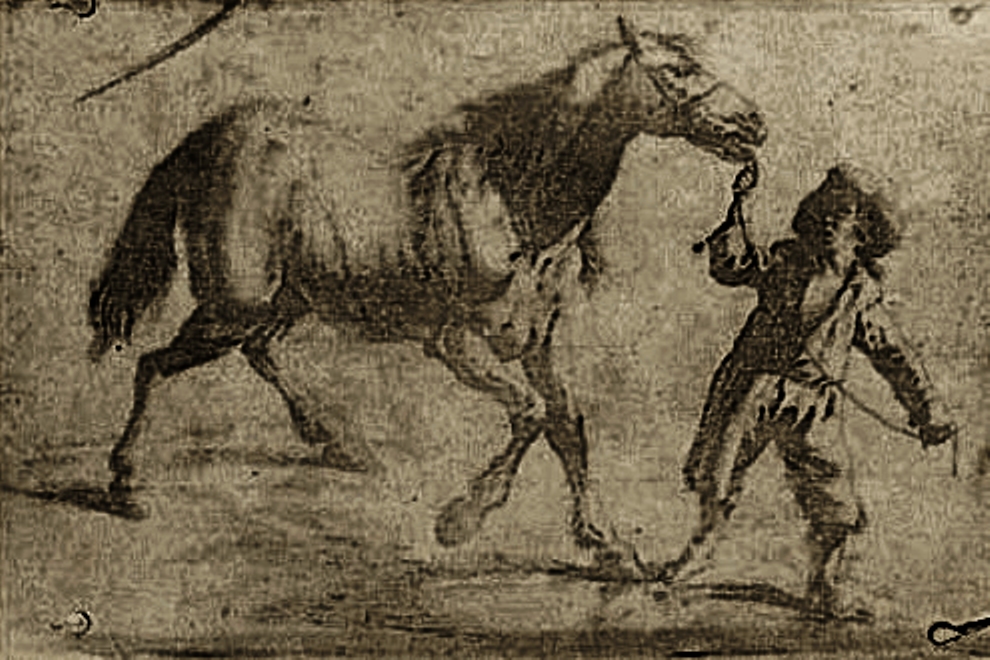
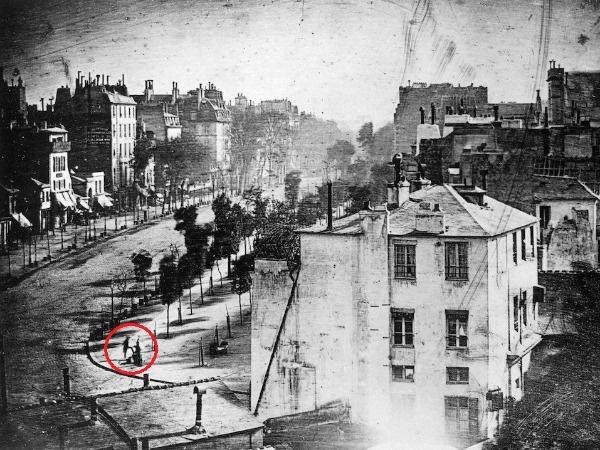
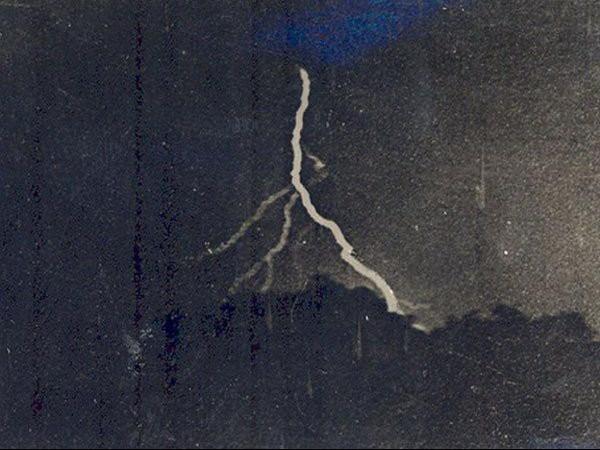
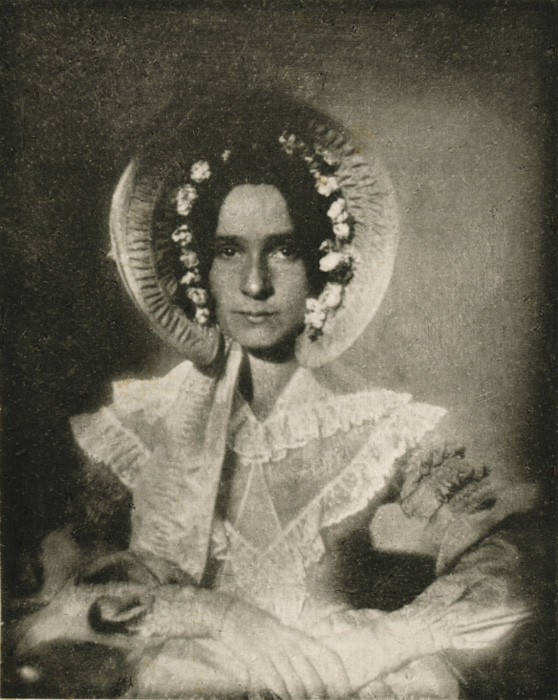
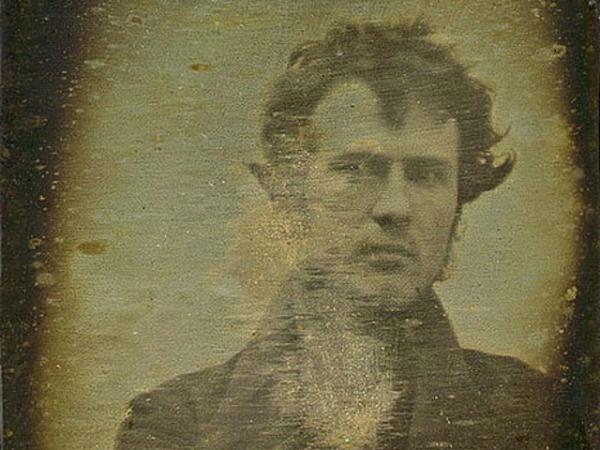


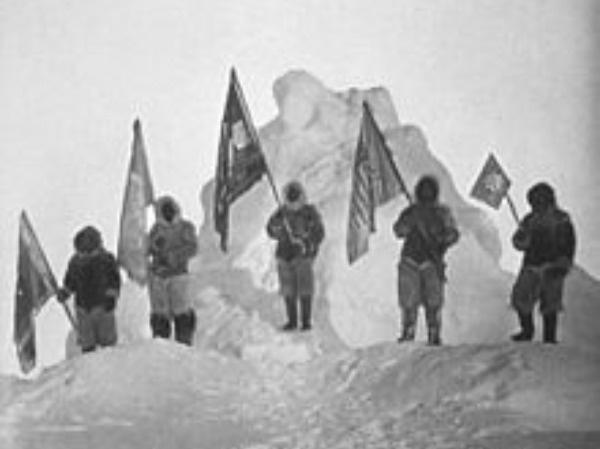
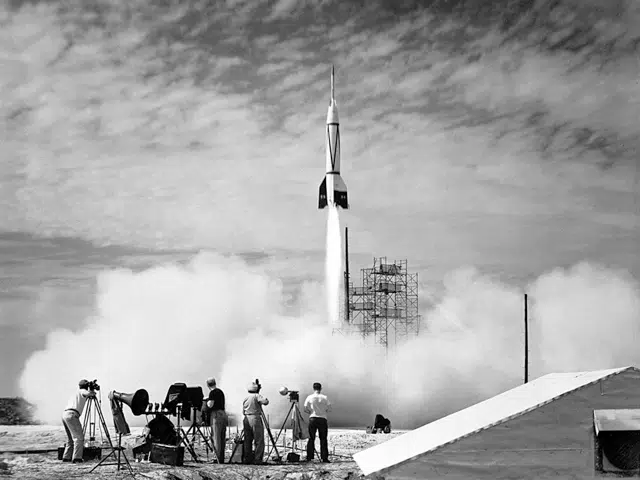
Oh! superb writing.